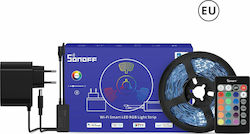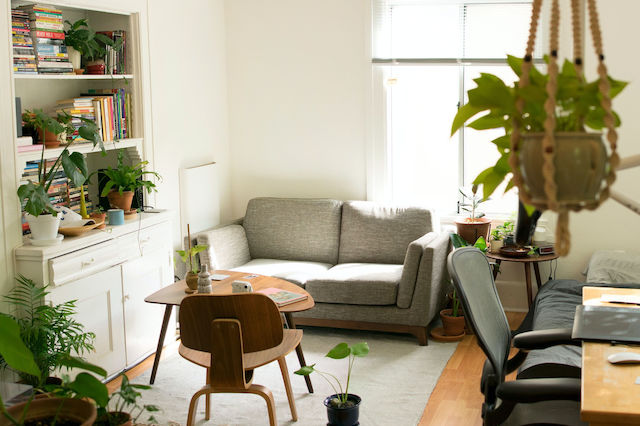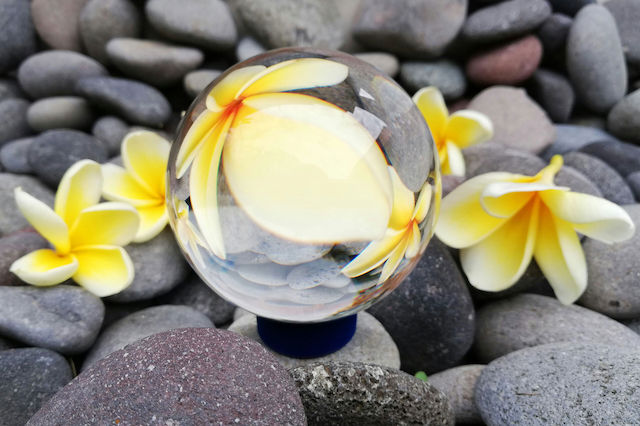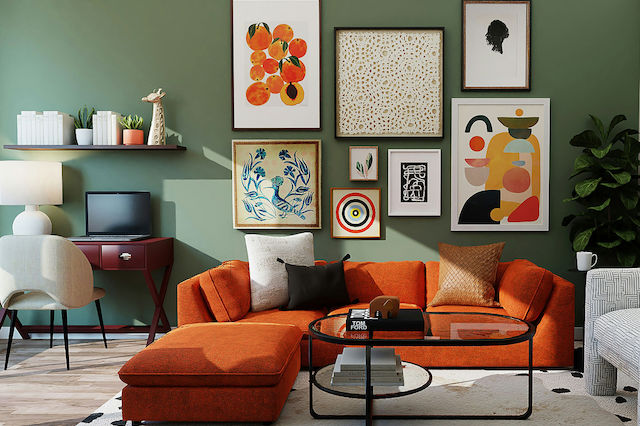LED Tape Buying Guide
Light up & aesthetically upgrade your space with an LED strip
In recent years, LED strips have become an increasingly popular lighting solution, as they not only help us aesthetically upgrade our space and highlight architectural elements and objects in our home, but they also consume less electricity, come in a variety of colors, and can be customized to any dimensions we desire.
In this guide, we will thoroughly answer the above questions and present the additional components you may need. Furthermore, we will explain the most important technical characteristics of an LED strip, so you can easily choose the one that meets your decorating and lighting needs. Let's get started!
1. Placement
Obviously, the first thing you need to know is the space where the installation will take place, so you can measure the total length of the area and, of course, the total length of the strip you will need. In the market, you can find strips that are available per meter or even options in packages of 2, 3, 5, and 10 meters. Don't worry if the length of the space you measure is not exactly the same as the length of the strip you choose, as in most cases, you can cut it at specific points and adjust it according to your needs.

Internal or External Installation?
If you wish to install the film outdoors, you should first ensure its resistance to weather conditions. The protection certification, according to the IPXX protocol, reflects this durability, with the first number indicating the product's resistance to dust and the second to humidity. In the following table, you can find the most popular values, a brief explanation of them, and the recommended use for each case.

2. Movie Selection & Features
As you have understood, in the market there are many options and the difference between one movie and another is judged in the technical details. Some of the most important features that films have, as well as how they affect their lighting and operation, are listed below:
Lumens
They express the brightness of the film, which means that the more lumens there are, the greater the intensity of the lighting in the installation space. A directly related characteristic to lumens and therefore to the brightness of a film is the power, which is expressed in Watts. The power of a film is usually referred to per meter and indicates the amount of electrical energy consumed. Additionally, it allows you to approximately calculate the lumens if they are not mentioned, as for every Watt an LED film produces brightness of about 90 lumens.
Shades of White Lighting
The color of the lighting of a film is distinguished in various types, allowing you to choose the desired shade of lighting according to your needs and desires. Thus, the shades of white light range from warm to cool white. This is reflected in Kelvin degrees, as you can see in the image below. Warm white light has values close to or slightly less than 3000K, natural white is above 3000K up to 5000K, and in cool white the values are above 5000K and close to 6000K.
#Skroutz tip: The warmest lighting shades are considered suitable for relaxation spaces and are usually preferred in comfortable areas, such as the living room or bedroom. On the other hand, cool tones provide a more modern aesthetic and intense, clean lighting. This makes them suitable for placement in areas such as the bathroom, kitchen, and generally in workspaces with high lighting demands.

Colorful Lighting & RGB
In addition, you can choose tapes of various colors beyond the classic white shades, such as yellow, red, blue, pink, purple, and green, giving a unique and personalized character to the lighting of your space. In addition, you can also choose the popular RGB or RGBW tapes, which provide the flexibility to adjust the lighting color exactly as you desire.
The above options give you the ability, either through a remote control included in their packaging, or through a compatible application that you will download on your smartphone, to adjust their color shade by choosing from a wide range of available options. The difference between the two types is that RGBW supports the shades of white light in addition to the other shades of red, green, and blue.

The Density of LED
Another characteristic that affects the intensity of lighting is the density of LED, which essentially indicates how many individual LED elements are placed along a strip. In options of high density, such as strips with 60, 90, or even 120 individual LED per meter, the intensity of lighting is quite strong, making them suitable for applications with high lighting requirements (e.g. installation under kitchen cabinets or on workbenches). On the other hand, strips with lower density, such as 30 LED per meter, will easily serve your needs for concealed or decorative lighting applications.

Types of LED
The type of LED that each strip incorporates is usually referred to by a four-digit code, which essentially indicates their size in millimeters. For example, a strip with 3528 LED type has chips that are 35mm in height and 28mm in width. As for some details about their individual differences, it is enough to know that 5050 LEDs are brighter than 3528 and are suitable for large surfaces and spaces with ambient light. They are also considered more suitable for RGB applications.
On the other hand, due to their small size, 3528 LEDs are found in greater density and therefore can emit more light overall. The above are considered suitable for concealed indoor object lighting. The same applies more or less to the newer LED Chips 3020 and 3014, where in this case their small size allows for greater overall density and higher lighting performance.

Neon LED Strips
In addition to regular LED strips, Neon LED strips are also available on the market. They consist of an LED strip that is covered with PVC plastic, giving a more vibrant color that simulates Neon tubes. Due to their flexibility, cost-effectiveness, durability, and increased safety, Neon LED strips are gradually replacing Neon tubes. They are mainly used in commercial spaces (e.g. bars, casinos, theaters) and are also available in a wide variety of colors.

3. Additional Features & Options
There are also movie options available, which incorporate additional features allowing for more automated capabilities during their use or even remote control through your smartphone.
Motion Sensor
Movies that have a motion sensor activate their lighting automatically as soon as they detect any movement in the space. They are a practical choice for placement in areas such as inside a closet, under the bed, or any other area of the space where you want the lighting to be activated instantly, just by your presence and without the use of a switch. Additionally, they offer energy savings as they do not need to be permanently activated.

Wireless Connectivity & Smart Control
The smart options of LED strips can be wirelessly connected via Wi-Fi, Bluetooth, or other communication protocols with your smartphone. They allow remote control of their functions through a compatible application, giving you the ability to adjust the brightness, change the color, and of course, turn them on and off. In addition, LED strips that support smart ecosystems, such as Google Home, Amazon's Alexa, or Apple HomeKit, offer even more options. In these cases, you can create smart scenarios with other smart devices and even give commands using just your voice!

Our suggestions: Smart LED Strip Kit
4. Connection & Installation
Now that you have decided on the features and specific capabilities of the film you will need, it's time for the final installation in your space and the connection of the necessary components. Of course, you also have the option of ready-made kits that will make your job easier, as they provide everything you need for the installation and operation of your film, all in one package. However, let's take a look at the necessary equipment you will need in case you choose to purchase the connection parts separately for your film.
Power Supply Selection
If the film you choose does not include a power supply in its package or does not operate via batteries, then you will need to proceed with a separate purchase. What you should mainly pay attention to is the operating voltage of the film as well as its power consumption, according to the information provided by the manufacturer. Most films operate with a constant voltage (DC) 12V or 24V, but you also need to consider the final length of the film in order to make the right choice. For example, for a 5-meter 12V film that consumes 3.6W per meter according to the manufacturer, you will need:

Installation Accessories
Plugs-Connectors: For connecting the parts of LED and Neon LED strips, there are plugs available in the market, where the connection can be easily made without requiring specialized knowledge. However, when choosing the appropriate plugs, you should take into consideration the type of strip. That is, if it is white light, you will need a plug with 2 pins, if it is RGB with 4 pins, while if it is RGBW, plugs with 5 pins are suitable.
Mounting Clips: Many LED strips have adhesive tape on their backside, allowing them to be easily attached to various surfaces. However, over time, the adhesive may start to peel off. In this case, you can choose a more stable mounting option, such as clips for both regular and Neon type strips.
Aluminum Profiles: Besides providing the best visual result and protection to the strip, aluminum profiles can also help extend its lifespan, as they dissipate the heat away from the strip.











Be the first to leave a comment!